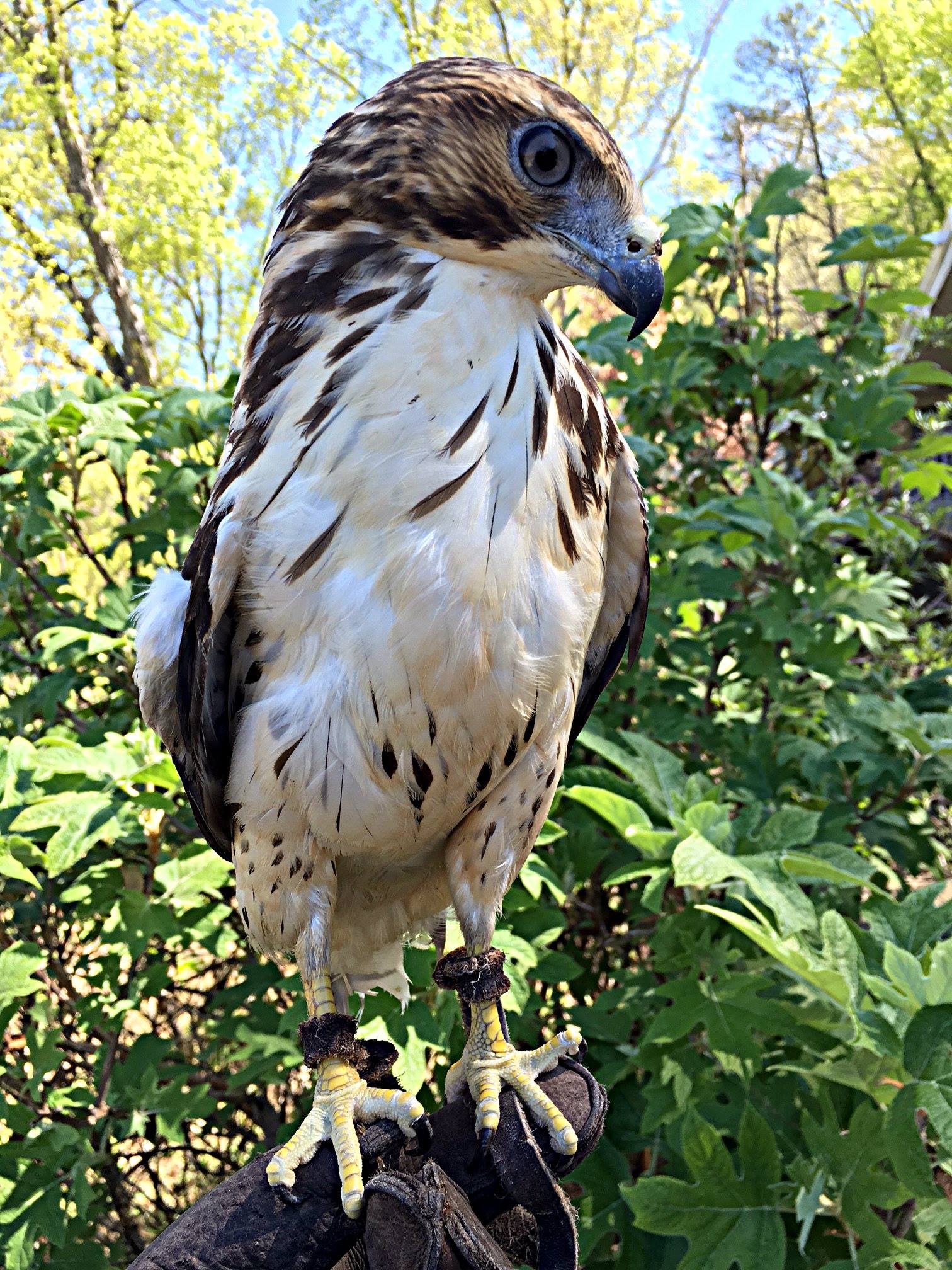The weather is warming up, and that means that much of Ruffner's wildlife normally hidden from plain view or undercover in the colder months is venturing out in the open to soak up some rays, and snakes are no exception. As cold-blooded animals, snakes have to sunbathe on rocks and other head-absorbent surfaces in order to raise their body temperature and maintain a healthy metabolic rate. This is why, for the most part, you see more snakes in the spring and summer months, though their numbers actually stay about the same throughout the year. This is important, because snakes are a wonderful natural population control of insects and rodents, which make up a large portion of their diet.
One large rat snake can eat dozens of rats and mice each year! Without our slithery friends, we would be swarming with unchecked populations of rodents. Snakes are also a very important dietary item for animals such as owls and hawks. So, as you can see, just like every tree, flower, and insect, like all species of flora and fauna at Ruffner, snakes constitute an absolutely essential link in the chain of ecological interdependence.
Just the other day, I was hiking on the Quarry Trail when I came across a Gray ratsnake. Initially, I was a bit startled, freezing in my tracks, but soon I continued on my way. The snake couldn't have cared less, He might as well have been on Spring Break. If you see a snake on the trail, leave it be. They're just trying to stay warm.
Here are some snake tips from our Wildlife Curator, Chivon Morse, and remember, Ruffner is big enough for us all, from insects to snakes to human beings.
There is no sure way to keep a snake out of your yard. However, there are a few things you can do to make your yard not as inviting:
1. Keep your grass mowed short. Snakes, like most animals, like to hide under cover. So do the small mammals that snakes eat.
2. Remove all unused debris from your yard, such as wood piles and abandoned toys. Snakes are quiet creatures that like to hide under and in things that aren't used or moved often.
3. Do not leave pet food outside. Pet food attracts rodents, which then attracts snakes.
4. Clean up under your bird feeders. Anything birds might drop can attract squirrels and other rodents, which will then attract snakes.
At Ruffner:
1. Wear closed toed shoes and long pants when hiking
2. Pay attention to where you are walking; snakes like to bask in the sunlight while stretched out on trails
3. Keep your pets on leash at all times. A dog who is off leash doesn't just scare other hikers—off-leash dogs can also scare snakes and other wildlife who may react defensively.
4. Do not go into any caves or mine sites not just because they are unsafe, but they might also be hiding spots for snakes temporarily escaping the heat of the day. Same goes for reaching under or turning over large rocks.
If you get bitten by a snake and are unsure if it is venomous or not, call poison control at 1-800-222-1222. If you suspect it was a venomous snake, go to a hospital immediately. Snake bite kits and other methods of first aid are generally ineffective.



